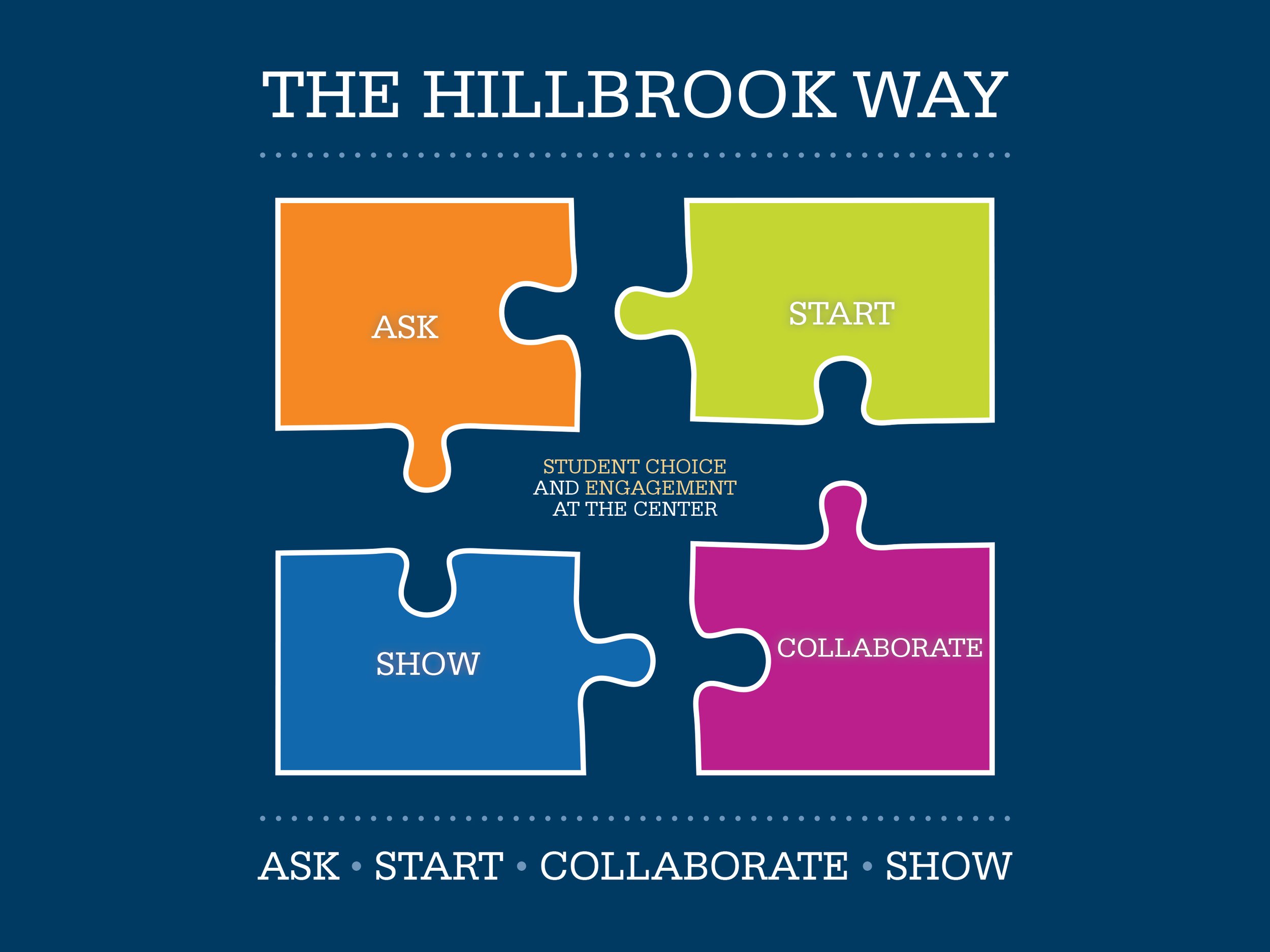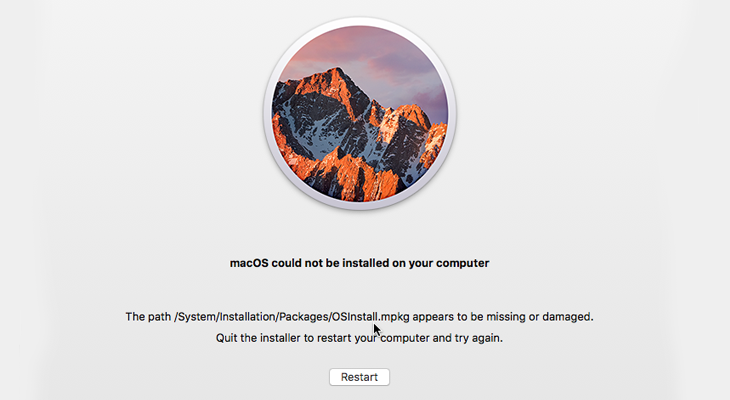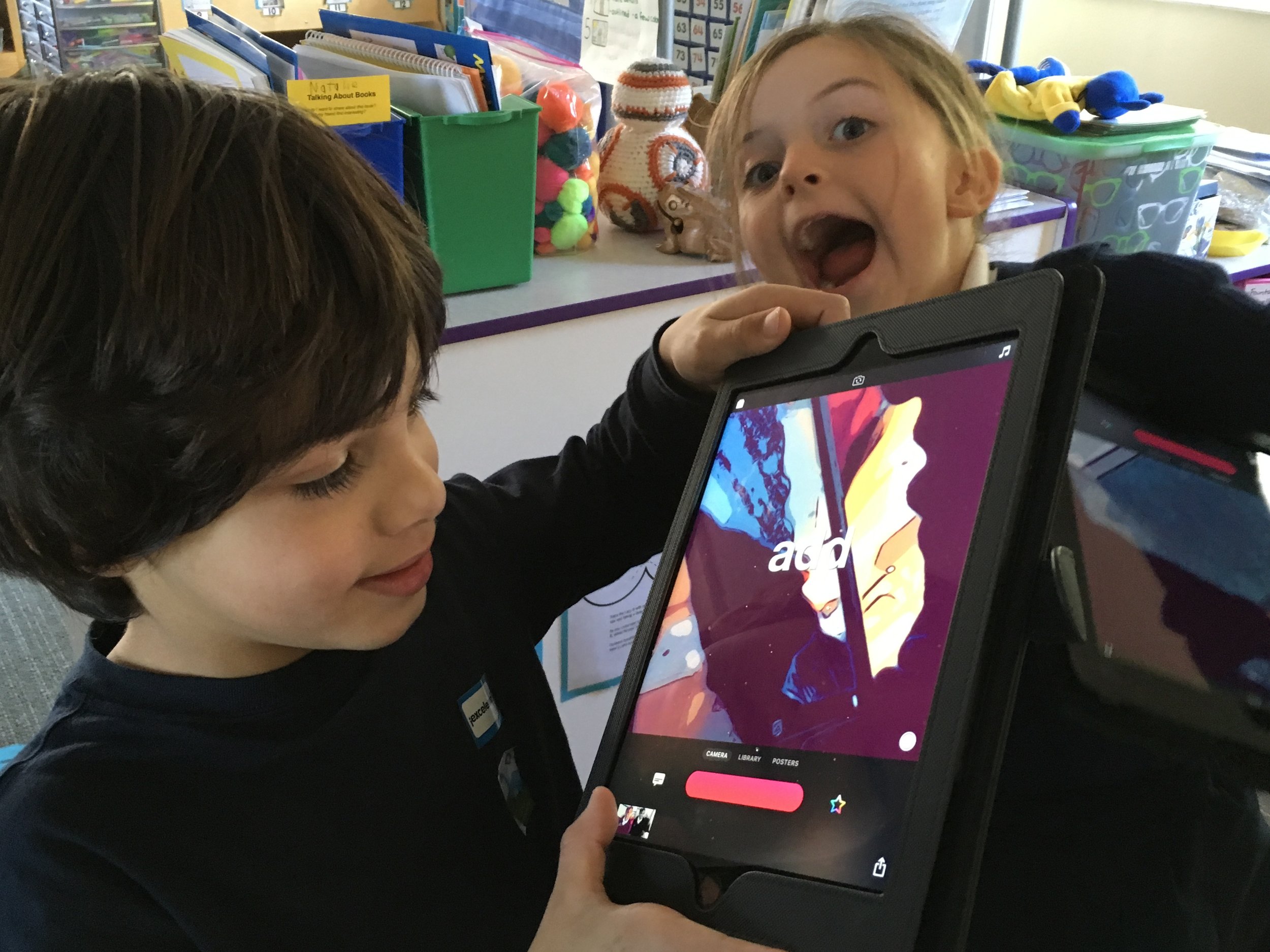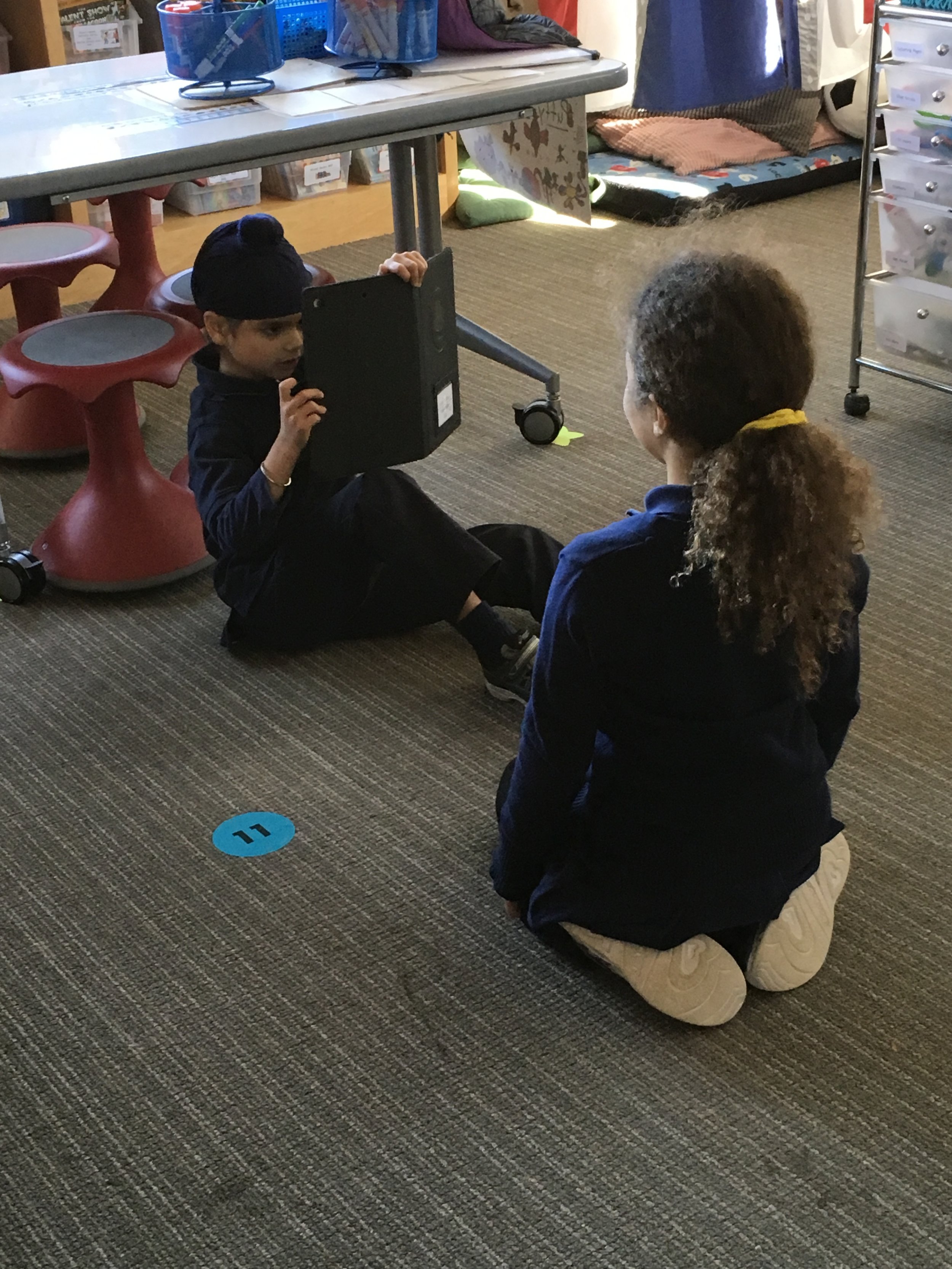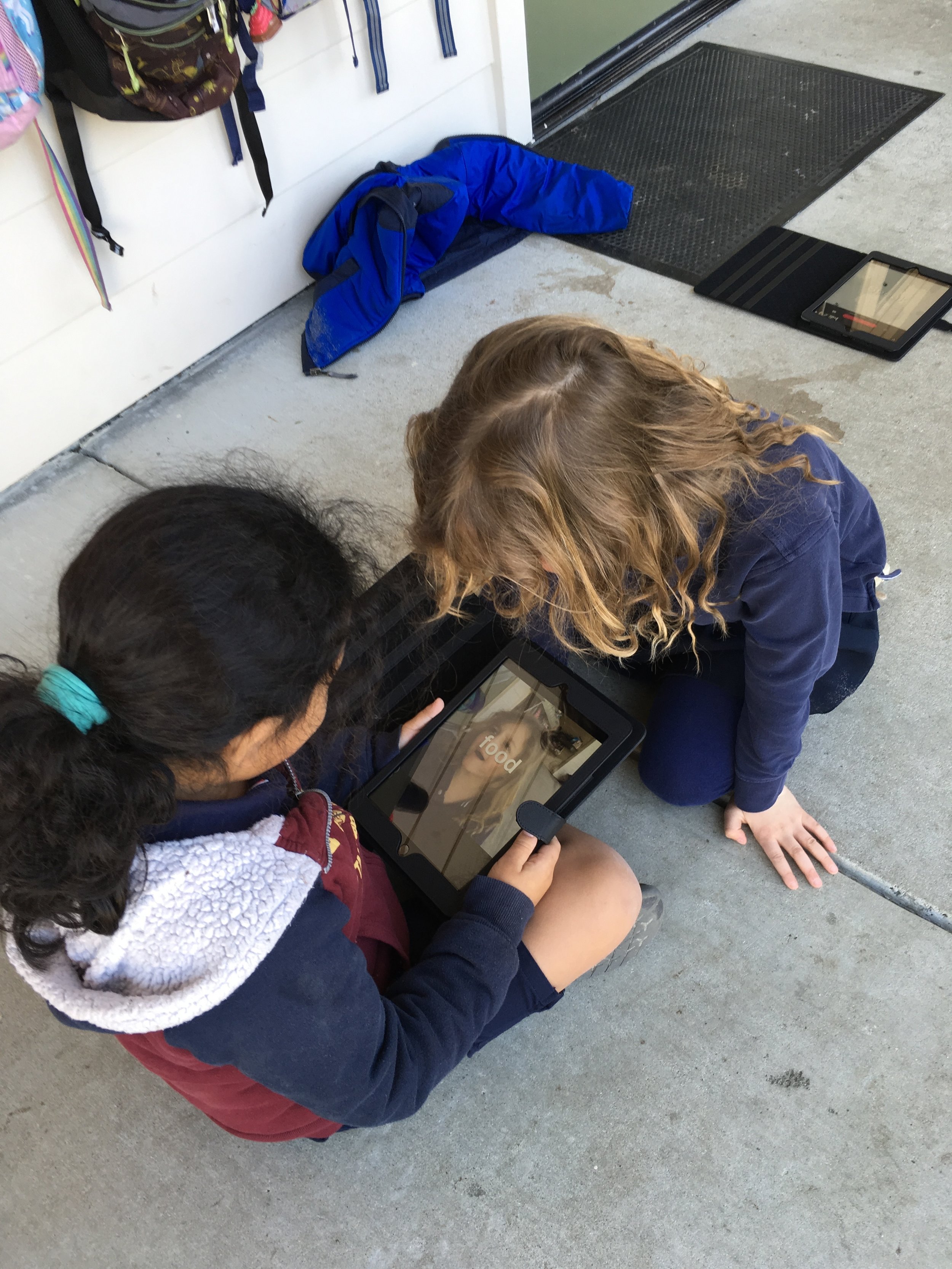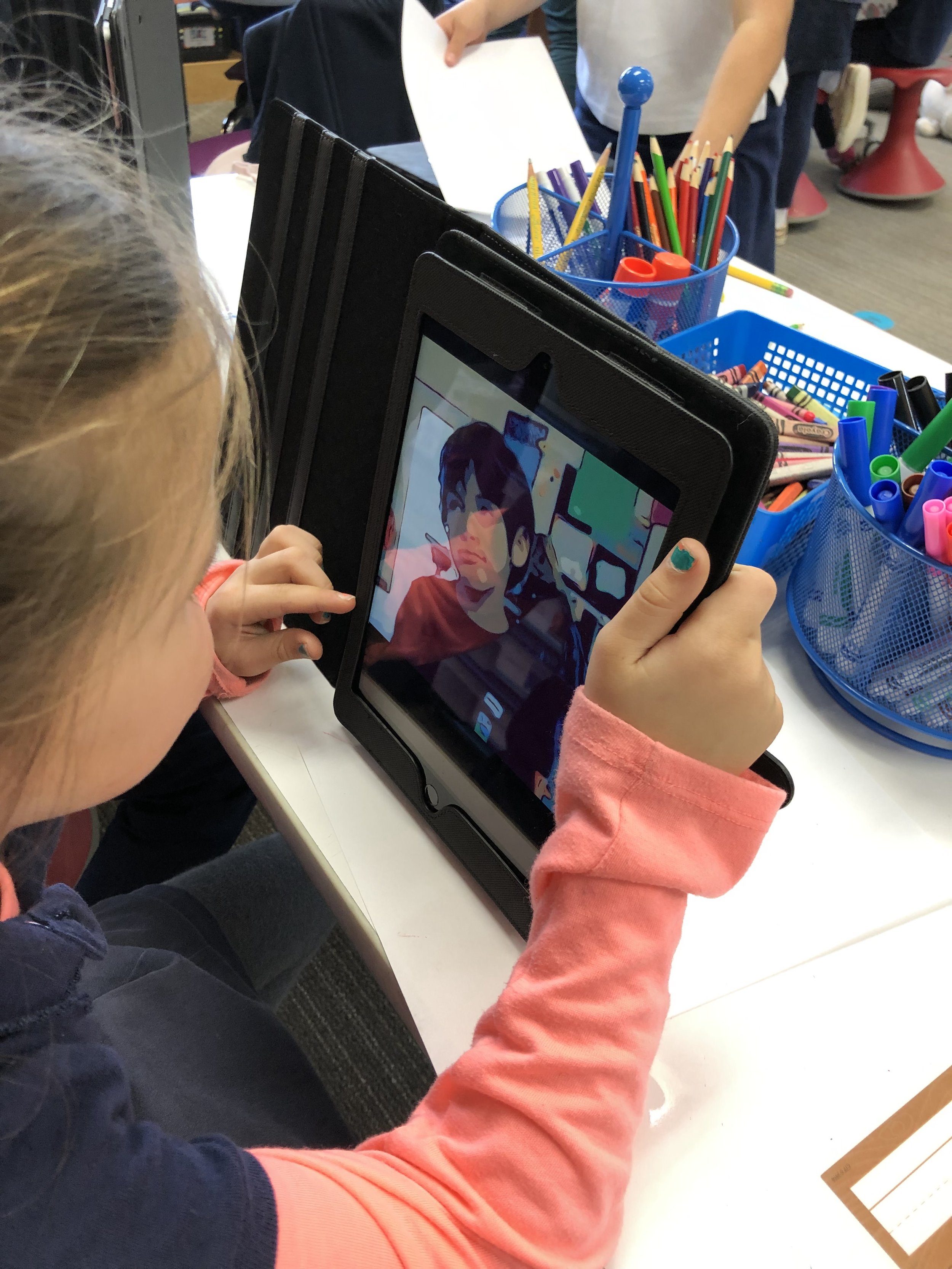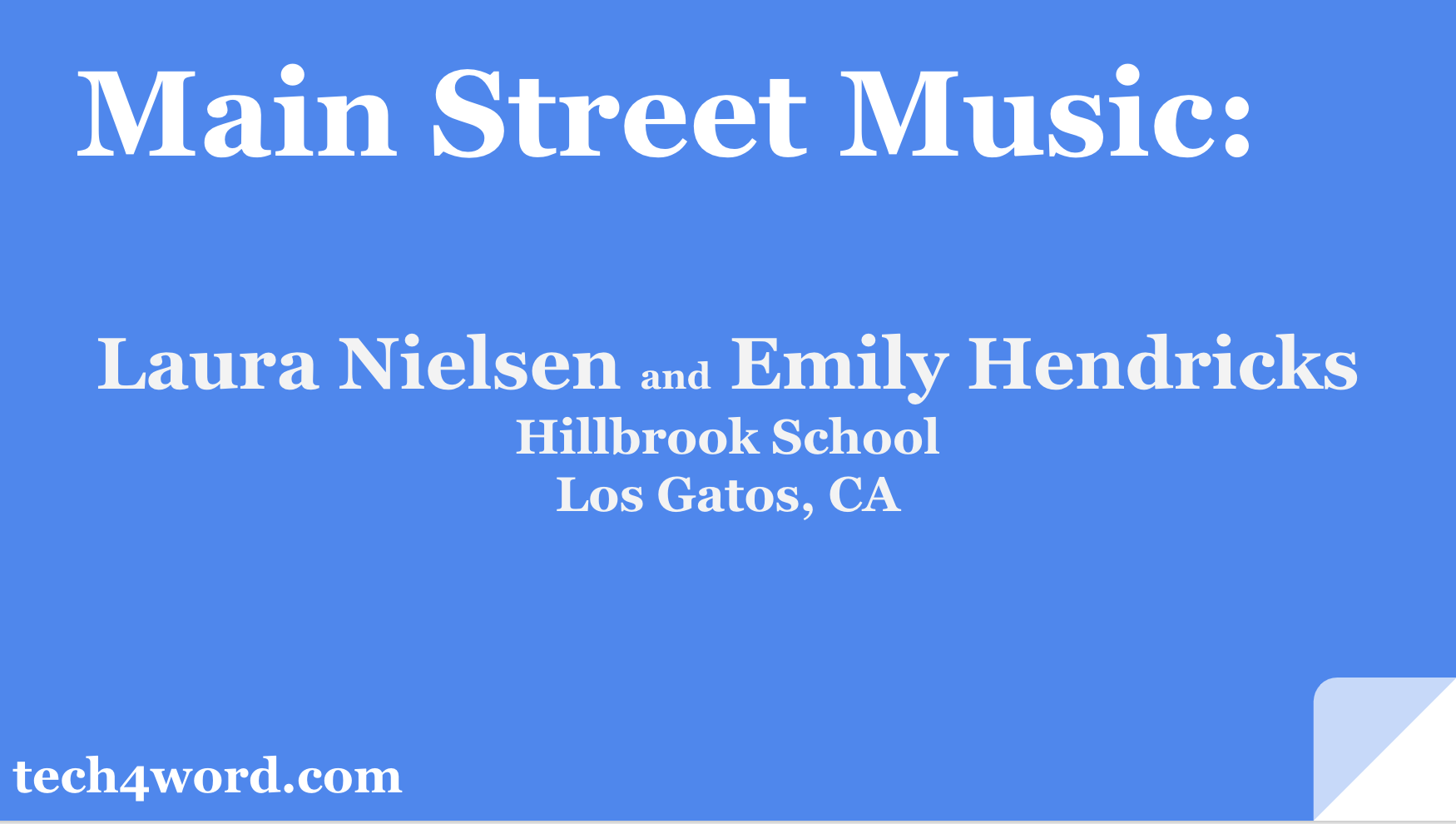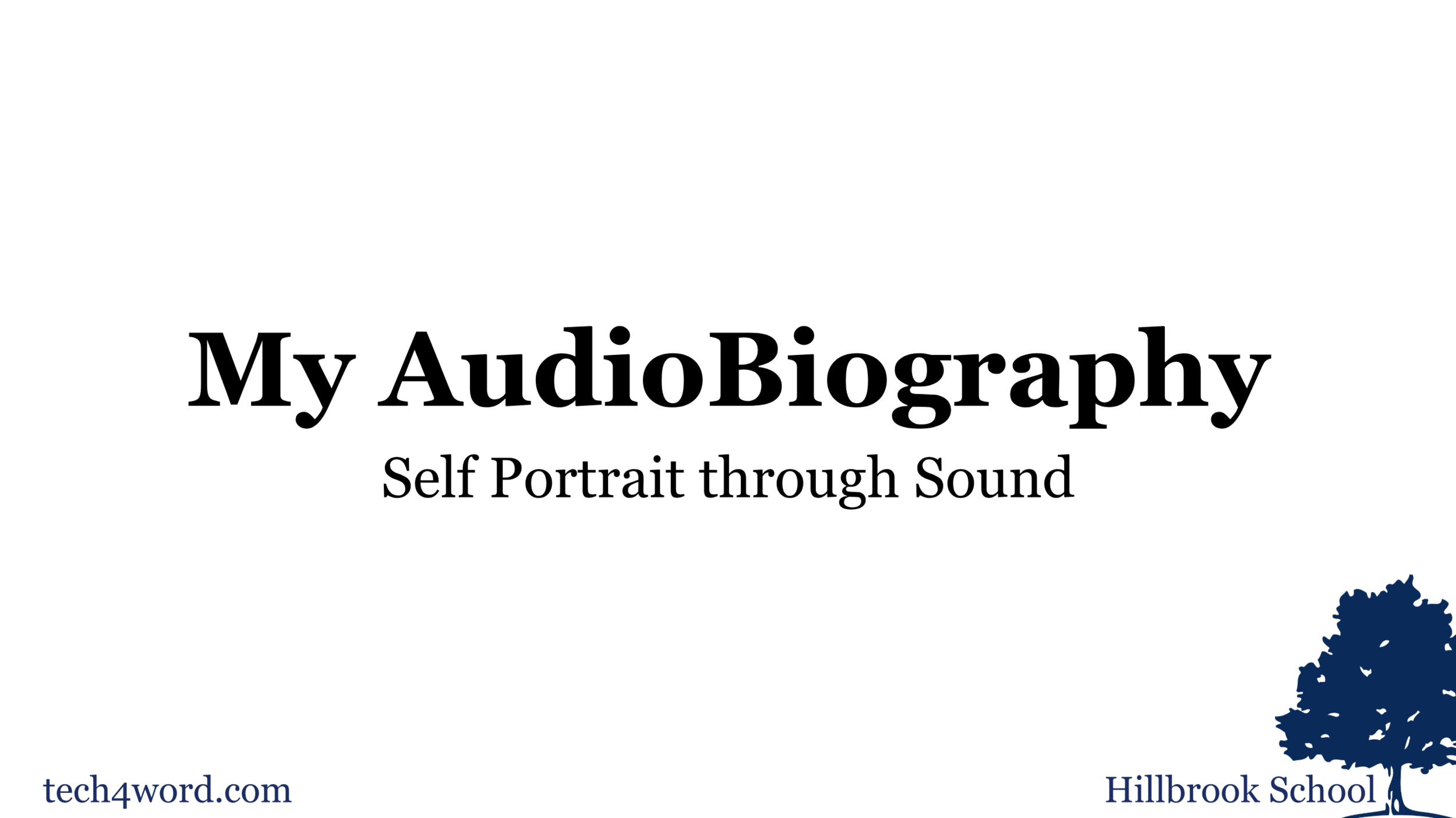Back A.I. - (tit)
Hello edu-fam!
It’s been a minute since I last posted, although I have had a million thoughts and ideas spinning in my head like a mid-century modern centrifuge.
I’ve missed this—sharing visions of future creativity, current tech trends, and outdated ed tech practices that are better left in the past. I’m ready to share new insights into tech in schools, along with other side things I might enjoy weaving in. Are you with me? Coolness.
Some of you may know that I have “hippity-hopped” a bit in my career over the past few years. Learn more about “The Challenge of Transition” (Ep. 21) on Struggle for Change podcast, which I co-host and produce.
Amid this transition and almost moving out of education entirely, I’m back in the ed tech saddle. And, I’m super happy!
Let’s set that aside for now. I’ll continue that story in a future post. For now, lend me your “reader’s ear” about a recent discovery: storyboarding with A.I.
Yup, you heard me. I know, I know. A.I. is such a buzzword right now…but for (mostly) good reason! We are in the trenches of a new way to generate ideas. This path we are on won’t replace human intelligence, which the soul uniquely fuels. On the contrary, this “artificial intelligence” mimics only what it is fed. It offers efficiency, a framework, and a starting point that humanity can use to produce greater ideas and products.
Enter 10Zebra.
Recently, I was invited to collaborate in a new environment with magical humans. This experience was unofficially titled and presented to me by my good friend Josh Logan as “Jam.”
Josh: “Hey, join our Jam!”
No one: “Thanks, but no thanks.”
Me: “Sure thing! What’s a Jam?”
It was my first time meeting the incredible team behind 10zebra, an AI-driven storyboarding tool designed for teams seeking visionary proof of concept.
We had a friendly competition between two teams of three to four. Our mission was to create an epic music video (based on an A.I.-generated track) using 10zebra A.I. private libraries and animation engines. My mind was blown! I have worked with students on storyboarding, usually guiding them through various storyboarding options (templates, hand-drawn from scratch, graphic software), but none that could come close to something as dynamic and fun as 10zebra!
Both Jam teams produced highly creative videos contrasting in visual themes, such as Pixar- or Muppet-influenced animations. As a team, we communicated via Discord while arranging shots, selecting generated images for each frame, and then generating animations to complete the story.
This got me thinking:
How can we bring this dynamic and engaging experience to creativity-hungry students? I believe the potential is huge for this. Not to put pressure on 10zebra, but this could be an incredibly captivating platform for young producers, not just movie professionals.
Until next time!
-Em

